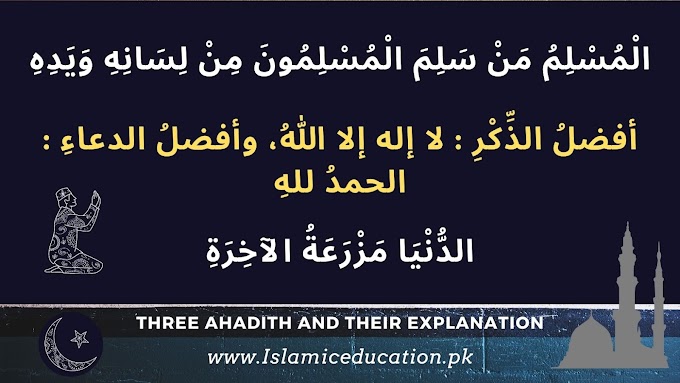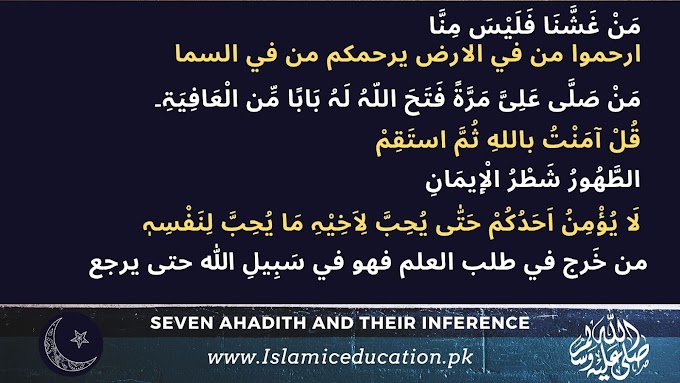Women's education has deep roots in Islamic history, shaped by rich traditions and diverse cultures. Early Muslim societies gave women the chance to learn, teach, and contribute to their communities in meaningful ways. Over time, stories and records have shown that women’s scholarship was not rare or new, but an accepted and valued part of Islamic life.
Misconceptions about women’s roles often ignore these real examples of leadership and learning. By looking closer at early scholars, centers of learning, and shifting social norms, this post brings forward a clearer picture. Understanding this heritage inspires fresh discussions on education and women’s rights today.
Roots of Learning: Women in Early Islamic Society
In the early years of Islam, women’s education was not an afterthought. Social and religious values encouraged both men and women to seek knowledge. The early Islamic world saw education as a right, not a luxury, no matter one’s gender. Foundations set by Islamic teachings and traditions created space for women to learn, teach, and lead in their communities. Central to this shift was the clear support and personal example shown by the Prophet Muhammad (P.B.U.H).
The Prophet Muhammad’s Advocacy for Women’s Learning
The Prophet Muhammad(P.B.U.H) set examples that changed attitudes toward women’s education. He broke with many customs of his time and encouraged women to take an active role in seeking knowledge.
During a period when women’s literacy rates were low, the Prophet addressed women directly in gatherings, answered their questions, and encouraged them to participate in discussions. The well-documented hadith, “Seeking knowledge is a duty upon every Muslim,” included women without exception. This core teaching made learning not just accepted but expected for women.
Examples show his practical support:
Individual tutoring: The Prophet often provided personal teaching to women. He made time to answer questions from female companions and explained religious matters in detail.
Allocating time for women: Women requested their own teaching sessions. The Prophet agreed, setting aside special days to teach women, ensuring they received attention equal to men.
Education in the mosque: Mosques served as open spaces for learning. Women attended lessons, asked questions, and even corrected mistakes in public conversations, showing their active involvement.
Social barriers eased as the Prophet’s female relatives, such as his wives, became renowned for their knowledge. His wife Aisha, for example, became one of the most trusted sources of religious learning for men and women.
This foundation paved the way for women’s participation in public and scholarly life. Early Islamic society, guided by these values, began to see women not just as passive recipients but as active partners in building knowledge. The Prophet’s advocacy made it clear: education belonged equally to everyone.
Conclusion
Women’s education in Islamic history grew from strong roots and gained strength across centuries. This heritage stands as proof that women’s learning was respected and guarded, even when faced with social shifts and outside influence. Today, these stories can help challenge tired stereotypes and encourage fuller support for women’s education worldwide.
We can use this knowledge to guide real change and help more women find their voices in study and leadership. Thank you for reading—your interest keeps these stories alive. Share your thoughts or experiences to keep the conversation moving forward.

.png)





